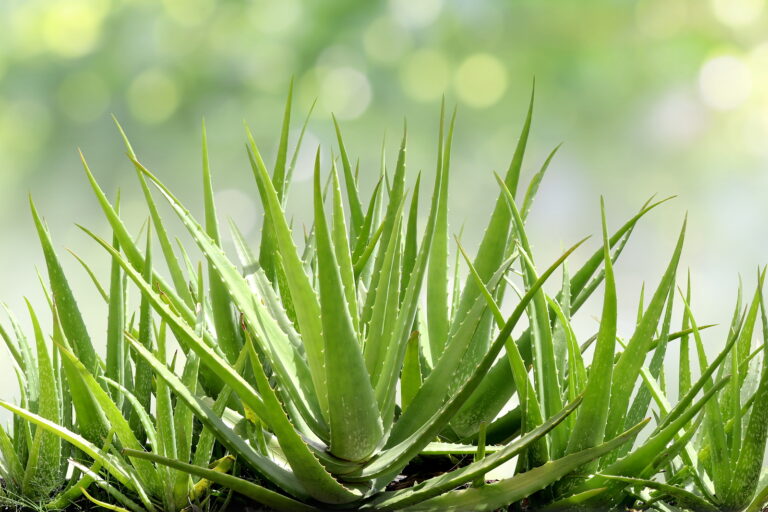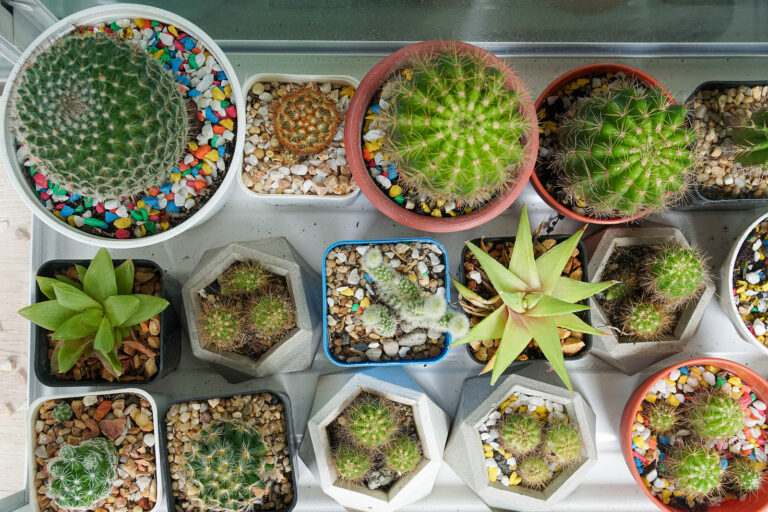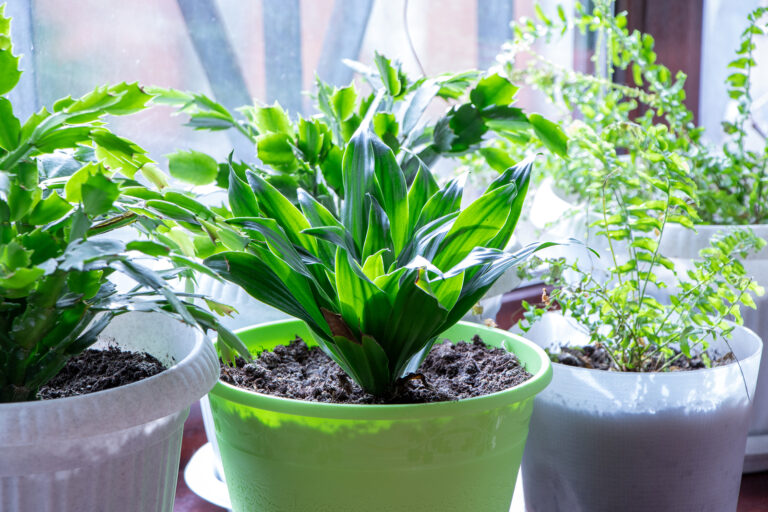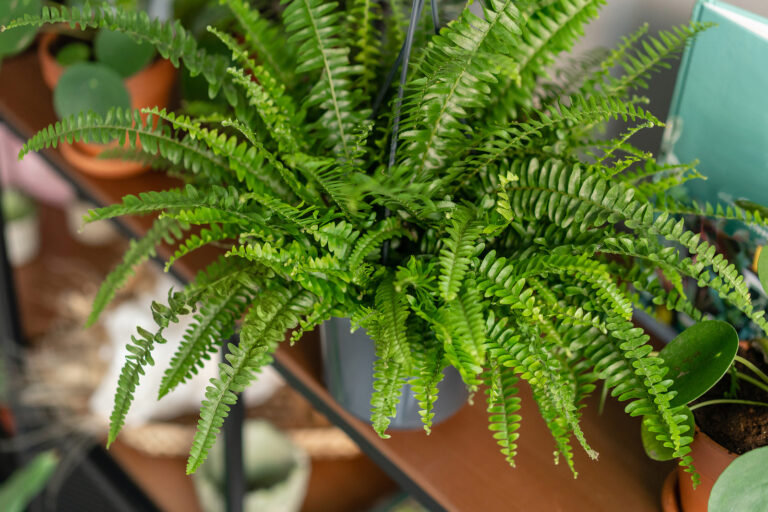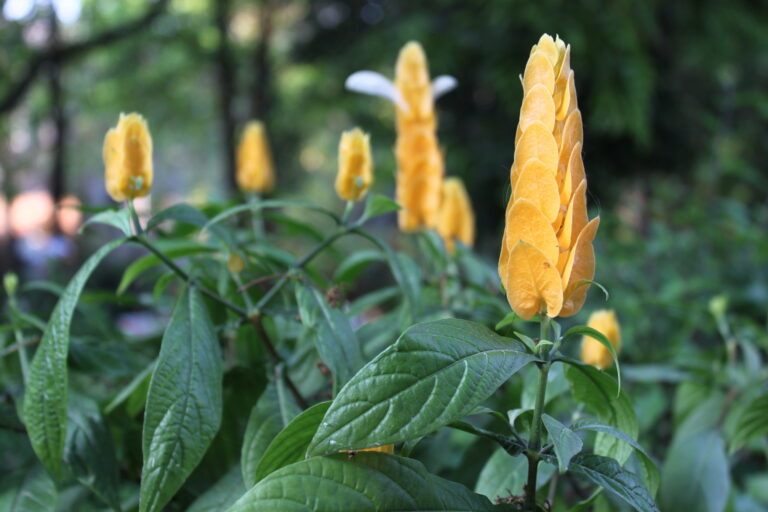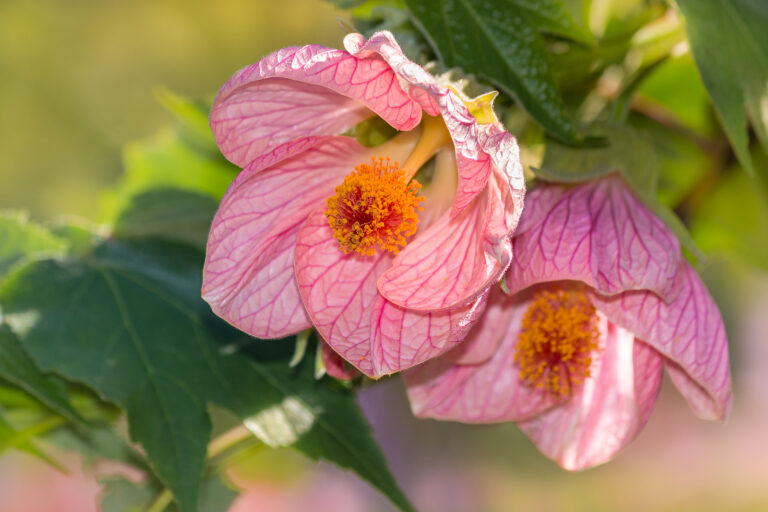How to Grow Gloxinia – Sinningia
Gloxinia, Sinningia, is dotted with ruffled, cup-shaped blooms and velvety foliage similar to the African violet. This is a perky plant that brightens up kitchens or breakfast nooks with colors ranging from red and yellow to pink and Fuschia, even purple and white.
Bright light, average household temperatures, and consistently moist soil keep gloxinia happy. After its blooming period, the plant does dormant and the foliage dies back. Store the plant in a cool, dry place until new growth appears, at which point, you can begin watering and fertilizing again.
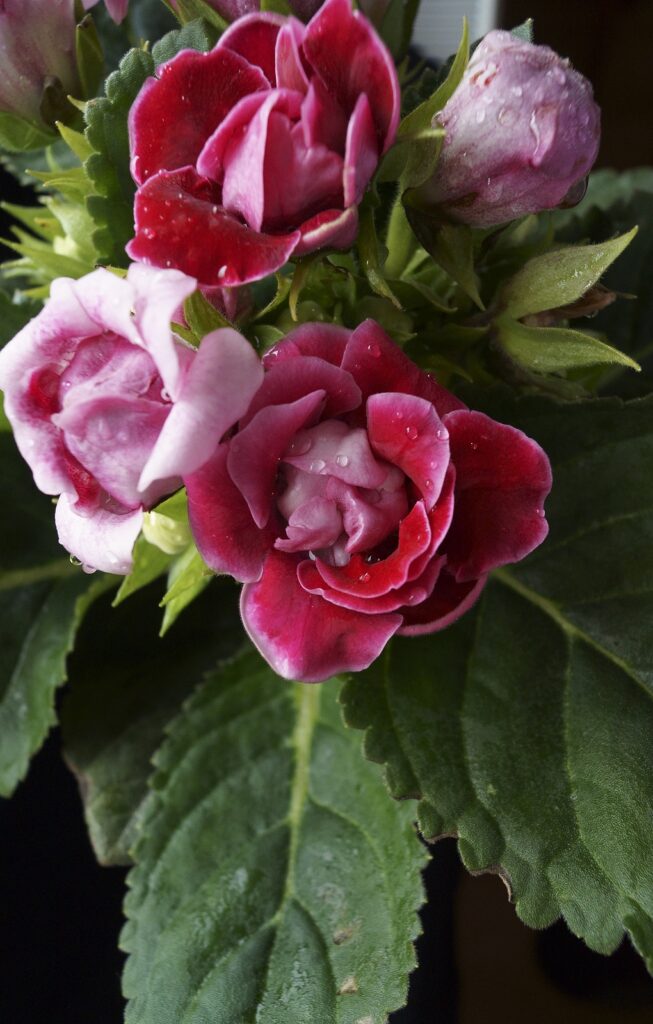
Get to know Gloxinia–Sinningia
- Plant type: Tropical perennial
- Growing Zones and range: Zones 10 to 11 outdoors, or indoors as a houseplant
- Hardiness: Tender; warm conditions, around 65°-70°F (18°-21°C); cooler dormancy after bloom.
- Height and width: 8 inches (20cm) tall and wide
- Foliage: Clusters of hairy, succulent, green leaves range in height from the micro-mini—just 1 inch tall—to 6-inch (15cm) miniatures and 12-inch (30cm) standards.
- Flowers: Stunning, bell-shaped, wavy-edged velvety flowers in red, white, violet and pink with plain or ruffled edges bloom for 2 months or more
- Bloom time: Blooms primarily in summer but may flower year-round.
- Uses: Flowering houseplant
- Common name: Gloxinia
- Botanical name: Sinningia speciosa
- Family: Gesneriaceae
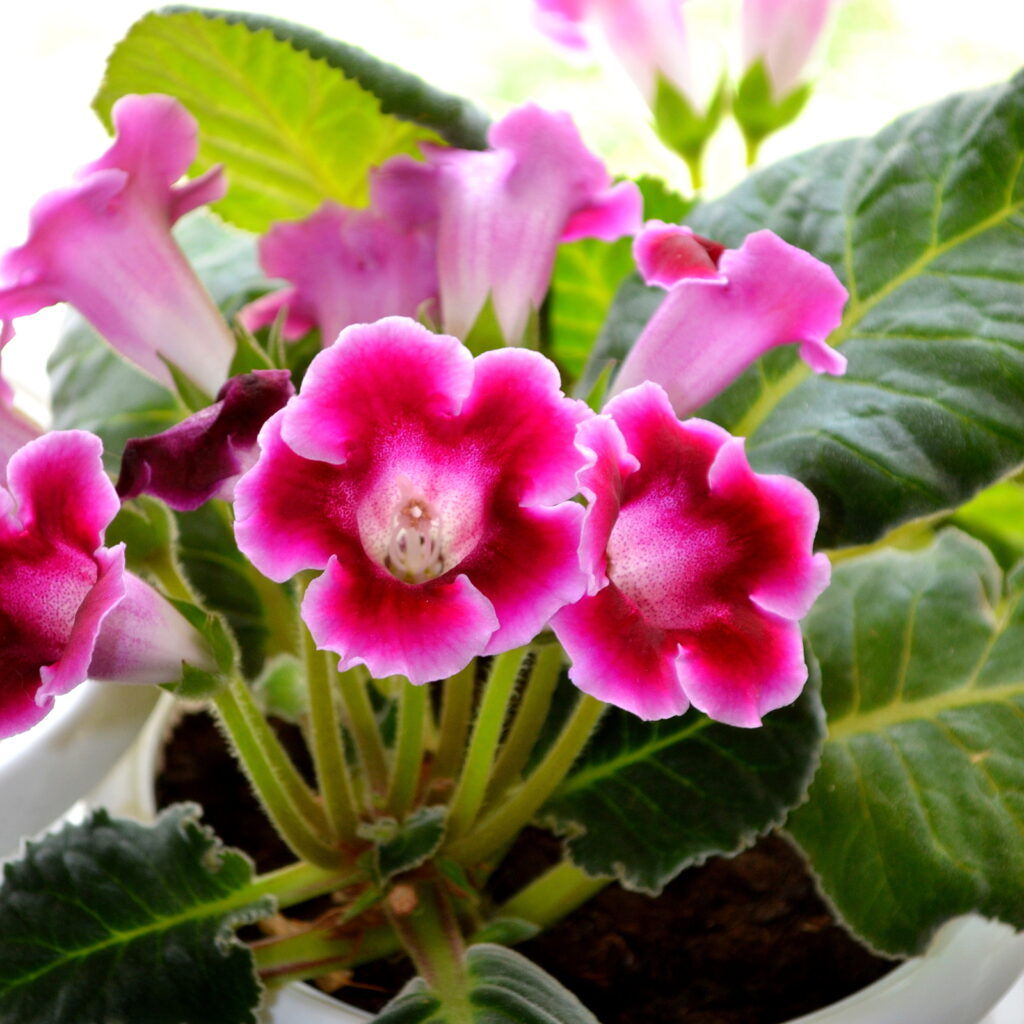
Where to plant Gloxinia–Sinningia
- Gloxinia can be grown outdoors in Zones 10 and 11; plant in a sheltered spot; shaded from direct sunlight.
- Indoors, plant gloxinia in bright, indirect light. Gloxinias grow well under fluorescent light.
- Gloxinia needs average household warmth.
- Ample humidity is a must; set on a tray of pebbles and water—but a humidifier in the area is much better.
- Pot in African violet mix, positioning tubers with the cupped side up.
When to plant Gloxinia
- Plant tubers outdoors in early spring; plant in pots or in humus-rich garden soil.
- Sow seed or take stem cuttings to start plants indoors in spring.
How to water and feed Gloxinia–Sinningia
- Water with tepid, not cold water and keep the water off leaves and flowers.
- Fertilize with half-strength fertilizer every time you water.
Gloxinia–Sinningia care
- If provided with the right conditions, gloxinia can be coaxed into flowering again. To encourage repeat bloom, reduce watering after flowering, and do not feed. Allow the soil to dry out once the leaves turn yellow. Store the pot in a cool area, about 50°F/10°C. In spring, repot the roots in fresh potting soil. Keep warm and somewhat dry until leaves appear, then resume regular care.
- Cold water can stain leaves; use tepid water and apply it carefully to avoid getting in on the foliage.
Growing Gloxinia–Sinningia as a houseplant
- Sinningia regina and S. speciosa are grown as houseplants.
- Gloxinias like warm temperatures, bright light, and high humidity.
- Plant the tubers in a rich, soilless medium and keep the medium evenly moist while the plants are growing or flowering.
- Fertilize every month during the growing and flowering period.
- After the flowers fade, withhold water and allow the foliage to die down.
- Store the tubers in a dry medium; repot them when new growth appears in two to four months and state the process over again.
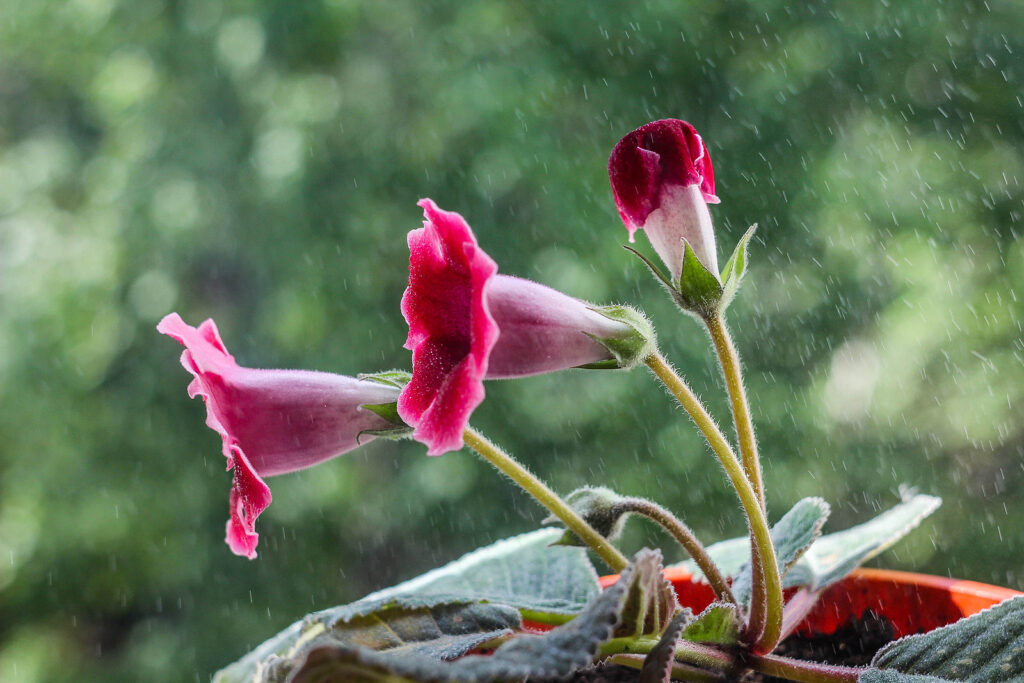
Gloxinia problems
- If the leaves produce long stems and the leaf edges curl under, the plant isn’t getting enough light, move it to a brighter spot.
- Gloxinias can be attacked by mealy bugs, aphids, spider miles, vine weevils, and thrips
- Gloxinias are susceptible to viruses, and root, leaf, and crown rot.
Gloxinia—Sinningia propagation
- Gloxinia is a tuberous plant; plant tubers or seeds or propagates by stem cuttings.
- Take leaf cuttings by removing a mature leaf where it joins the stem, then planting it with its stem in a moist but loose medium.
Gloxinia–Sinningia varieties to grow
- Sinningia cardinalis (syn. Gesneria cardinalis): Grows to 12 inches (30cm) tall and wide; bears bright red trumpet-shaped flowers to 2 inches wide.
- S. regina, slipper gloxinia, has oval, velvety, dark green leaves that are veined with white on the top surfaces and deep red on the undersides.
- S. speciosa, gloxinia: Grows to 12 inches (30cm) tall and wide; bears bell or trumpet-shaped flowers up to 2 inches (5cm) long; oval to oblong soft downy leave; some plants have double flowers; the Maxima group has nodding flowers; the Fyfiana group has large, upright flowers.
Gloxinia Frequently Asked Questions
Q: What is the best soil mix for gloxinias?
A: Gloxinias like loose, humusy soil. Add flaky leaf mold, compost, sharp sand, and broken charcoal to the soil mix.
Q: How do I water gloxinia?
A: Water gloxinia from the top. Make sure the soil is thoroughly wetted and do not splash water on the leaves. Watering should be done with caution until a good growth of leaves has developed, then it may be given more freely.
Q: How do I grow gloxinias?
A: Put tubers in pots just large enough to hold them, in light, humusy soil. Keep the soil just moist and the temperature at about 70°F. Increase water as growth develops. Decrease water gradually after flowering. Pot on into 5- or 6-inch pots when the first posts are filled with roots. Feed gloxinias a complete fertilizer every other week when in full growth. Shade the plants from the direct sun.
Q: What light do gloxinias like?
A: Shade gloxinias from anything but weak, early morning and late afternoon sunlight.
Q: What is the correct temperature for gloxinias?
A: During the growth season a minimum temperature of 60°F with daytime temperatures of 70°F.
Q: What causes gloxinia buds to turn brown and die?
A: Probably the air is too dry. A moist, but not stagnant atmosphere is best with no drafts.
Q: Why do gloxinias grow tall and lanky?
A: This can be due to too little light. They need shade from the bright sun, but good light otherwise.
Q: Why do gloxinia leaves curl and look limp?
A: The soil is probably too dry or you have water too much and the roots are rotting. Gloxinia leaves normally die down after watering.
Q: What is proper care for gloxinias after they bloom?
A: Shortly after blooming is over, begin to reduce the moisture supply by increasing the time between watering. As leaves die down, intensify this drying-off period. Finally, store the plants leaving the tubers in the soil in a dry place at 45° to 50°F.
Q: What is the proper blooming season for gloxinias?
A: They naturally bloom in summer and early fall, but under greenhouse conditions, they can be brought to bloom at any time.
Q: How can I root gloxinia leaf cuttings?
A: Root gloxinia cuttings in moist sand or sand mixed with leaf mold or peat moss. The best time to take leaf cuttings is early summer.


